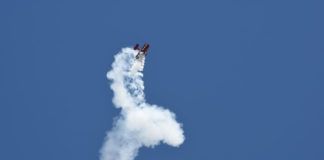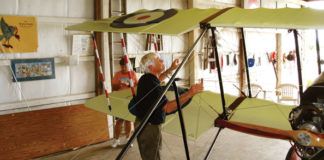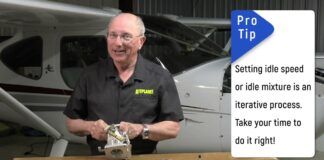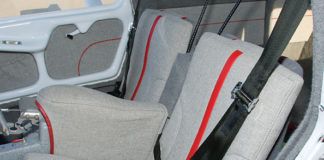
There are a couple of special days in the life of an experimental airplane project, and one that ranks right up there near the top is the day that you climb into the cockpit and turn the engine over for the first time. Hearing the power plant roar to life is a statement to the world that “it’s alive!,” and while the aircraft still needs to prove itself by taking wing, the fact that it is ready to move around under its own power is a tantalizing promise of things to come.
I have had a number of first starts in my life, and for me, they signify that promise that the long road of construction is reaching its end. I love to build, and get a little cranky when I don’t have something in the shop – but I also love to fly, and I like to see the culmination of all those hours bear fruit. This past weekend, we reached that milestone with our Dream Tundra project – a four seat, all metal bush plane that we hope to use to explore the outback of Nevada’s Basin and Range geography.
This project was started by our now-partner almost eight years back, and we joined in a little over a year ago to help it to the finish line. That year has seen the wiring, avionics and firewall forward portions of the project from start to finish, and we have all laid eyes on every part of the airframe to clean up the usual little bugs that are always there in any project. The first engine start was a great moment for our partner who has had this machine gestating in his hangar for much longer than we have.
Most first starts have a little glitch that makes you scratch your head for awhile, and this one was no different, as we discovered that we had the fuel injection purge valve connected backwards. But that was solved after two cranking attempts showed no sign of ignition – and once we positioned it correctly, we got that throaty roar we expected from the IO-360. The only other problems were minor instrumentation gremlins that required nothing more than calibration changes in the Skyview EFIS.
We’ve got some work to do on baffle seals, a few adjustments to make on the cowling, and the usual laundry list of tweaks that stand between us and in inspection. But for now, we’re happy that the prop turns and all the systems work – and we can see that the finish line is that much closer. And of course, it’ll fly on Tuesday – I’m just not saying which one.













